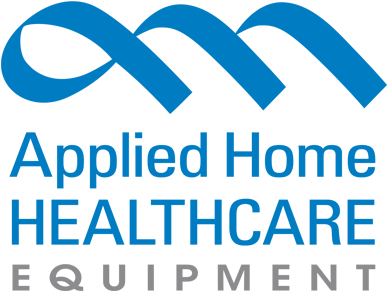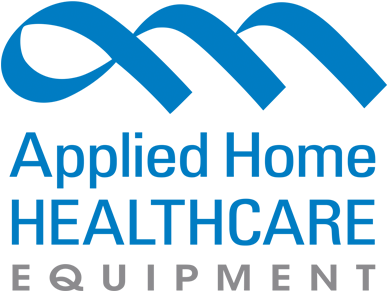PRODUCT CATEGORIES
CLASSES/REGISTRATION
WHAT'S YOUR ROLE?
Shipping Papers: Do you have them and do you use the new 2013 format?
 Pick Sheet, Oxygen Manifest, Hazmat Manifest,Shipping Papers, Daily Trip Sheet…. A rose by any other name would still be considered a Hazardous Material Shipping Paper by the US Department of Transportation (DOT). (For this article, we will refer to them as “Shipping Papers”)
Pick Sheet, Oxygen Manifest, Hazmat Manifest,Shipping Papers, Daily Trip Sheet…. A rose by any other name would still be considered a Hazardous Material Shipping Paper by the US Department of Transportation (DOT). (For this article, we will refer to them as “Shipping Papers”)
Whatever you may call it, you are required to have a complete, accurate, legible paper in your vehicle whenever you are transporting a hazardous material, regardless of weight.
Your Shipping Papers must be maintained within your reach when you are restrained by the seatbelt. If you keep your Shipping Papers with other information or paperwork on a clipboard, for example, the Shipping Paper must be on top. The goal is for an inspector to be able to immediately see your Shipping Paper, not to make them sift through your paperwork.
When you leave the vehicle, the Shipping Papers must be left in the vehicle on the driver’s seat or in the driver’s side door pocket. You should never carry the shipping papers with you when you deliver the hazardous materials.
Shipping Paper Requirements Changed in 2013- Have you updated your Oxygen Shipping Papers?
The effective date for a new rule by the DOT on the order of the description of the material was January 1, 2013. To comply with this law, oxygen delivery companies should make sure that the order in which they list the description of their oxygen follows the description in 49 CFR 172.202(a). That order is: Identification Number, UN Number, Shipping Name, Hazard Class, and Packing Group.
Essentially, in comparison to the "old" way of writing shipping papers, the UN Number must be listed first, instead of after the Hazard Class.
If you would like to learn more about shipping papers or if you have additional questions, contact us at Applied. For more information on creating compliant shipping papers and following other DOT requirements, check out our DOT in Plain English (PN OF-1290) and our Shipping Papers Tablet (1199-1028DOT).
You Might Also Like
Subscribe to our Newsletter
Get the latest regulatory info, accreditation news and exclusive discounts!
 View Cart []
View Cart []
